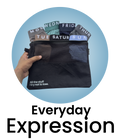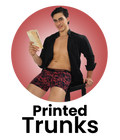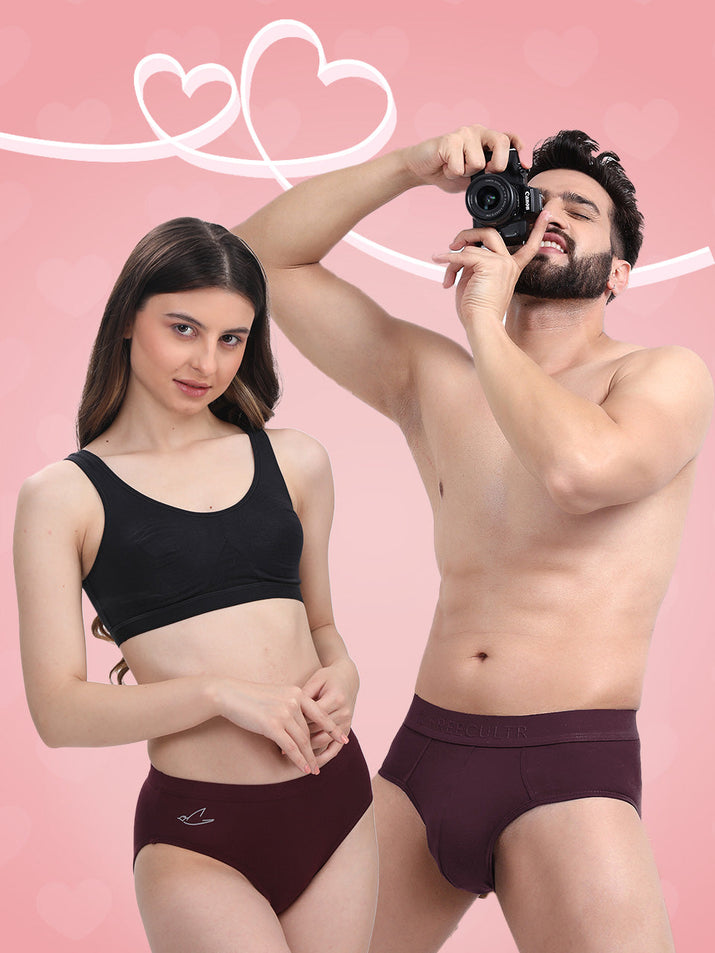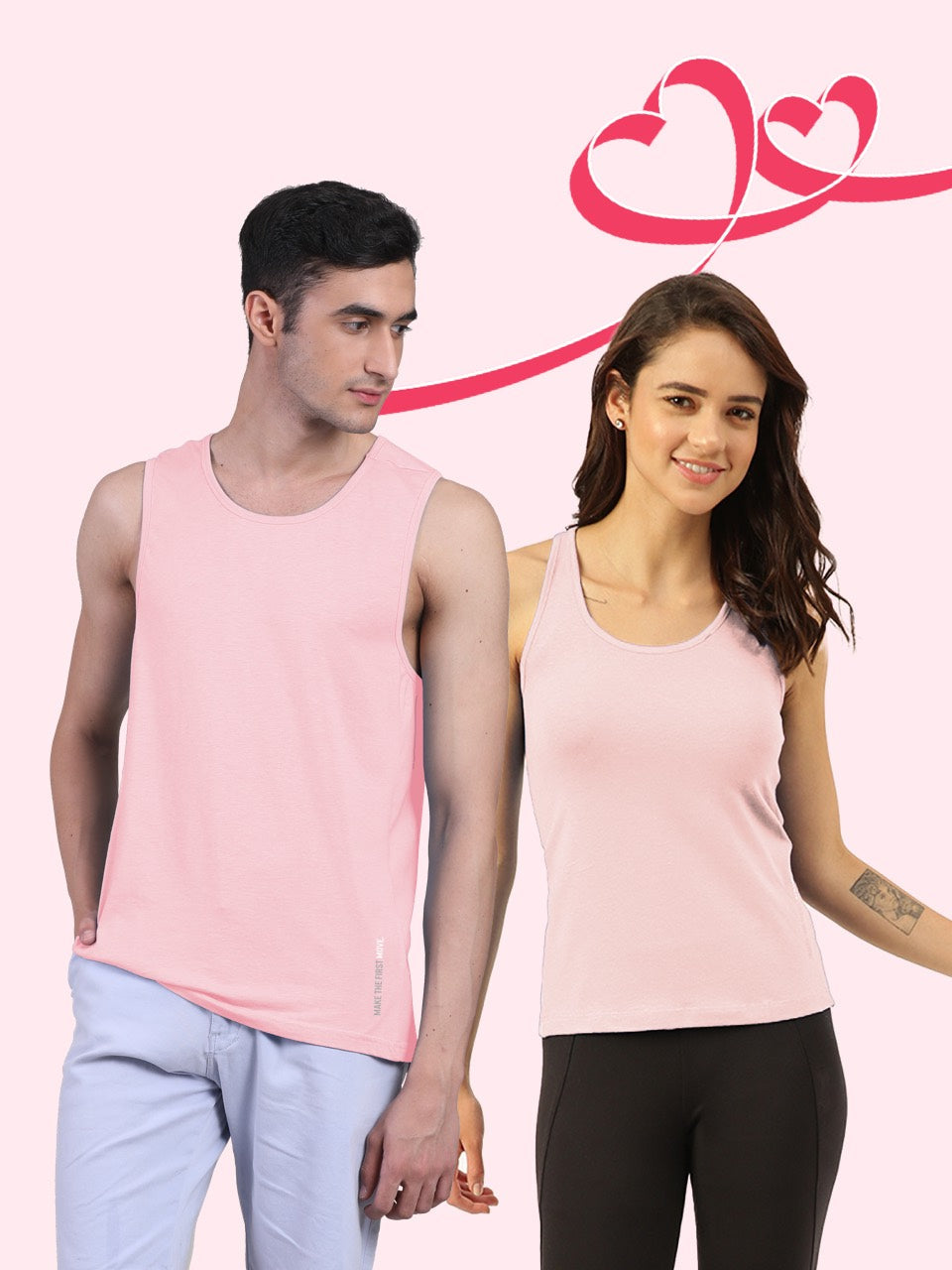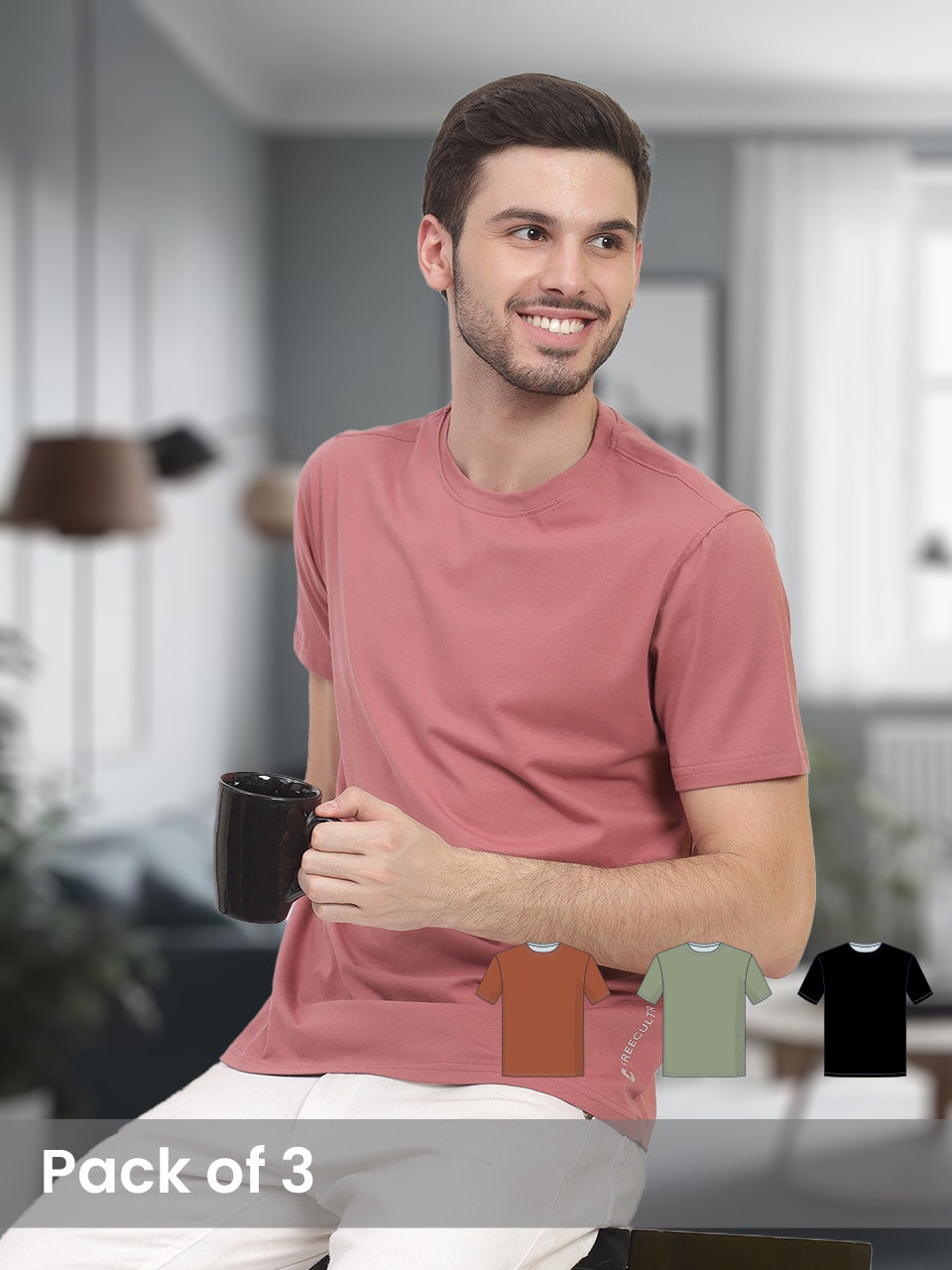In today's discerning professional and social arenas, formal clothes for men transcend mere attire, serving as a powerful, non-verbal declaration of one's presence and proficiency. The deliberate choice of a meticulously tailored blazer, the precise drape of quality trousers, or the subtle gleam of premium leather footwear doesn't just elevate personal style; it actively commands attention, projecting an image of authority and refined taste. Modern formal wear, evolving past rigid conventions, now expertly blends classic silhouettes with advanced fabric technologies, integrating enhanced breathability and superior wrinkle resistance for enduring comfort and impeccable presentation throughout the day. Understanding these contemporary nuances of construction, material. fit empowers men to leverage their wardrobe as a strategic asset, fostering confidence and leaving a lasting impression in any high-stakes environment.

Unlocking the Power of Presentation: What Are Formal Clothes for Men?
Hey there, style-savvy reader! Ever walked into a room and felt an instant shift in how people perceive you, simply because of what you're wearing? That's the magic of formal clothes for men. It's not just about looking "nice"; it's about projecting confidence, respect. a keen eye for detail. Formal attire is essentially clothing traditionally associated with professional settings, special events. situations where a polished appearance is paramount.
Think about it: from a crucial business meeting to a best friend's wedding, the right formal ensemble can speak volumes before you even say a word. It's your sartorial armor, enhancing your first impression and often boosting your own self-assurance. For centuries, formal clothes for men have evolved. the core principle remains: to dress with intent and sophistication.
The Essential Building Blocks of a Sharp Formal Wardrobe
Building a robust collection of formal clothes for men doesn't have to be daunting. It's all about understanding the key pieces and how they work together. Let's break down the core components:
-
The Suit: Your Go-To Power Player
This is the bedrock of formal wear. A well-fitting suit is non-negotiable. Typically, you'll encounter:
- Two-Piece Suit The most common, consisting of a jacket and matching trousers.
- Three-Piece Suit Adds a waistcoat (vest) for an extra layer of formality and elegance.
- Fabrics Wool is king for its breathability, drape. wrinkle resistance. Linen suits are fantastic for warmer climates, offering a more relaxed (but still formal) vibe. Blends can offer durability and specific textures.
- Colors Start with versatile staples like navy blue and charcoal grey. They're incredibly adaptable for various occasions. A classic black suit is essential for very formal events or evening wear.
-
Dress Shirts: The Canvas for Your Style
Not just any button-up will do. A proper dress shirt is designed to complement formal clothes for men. Look for:
- Fabric High-quality cotton (poplin, twill, pinpoint oxford) is breathable and comfortable.
- Collar Spread collars (wider angle, great for larger tie knots) and point collars (narrower, classic) are standard. Button-down collars are generally considered less formal but can work in business casual settings.
- Cuffs Barrel cuffs (buttoned) are common. French cuffs (requiring cufflinks) add a touch of sophistication, perfect for more formal events.
- Colors White and light blue are absolute must-haves. They pair effortlessly with almost any suit and tie combination.
-
Tailored Trousers: More Than Just Bottoms
While suit trousers match your jacket, having a few pairs of standalone tailored trousers in wool or a quality blend can expand your formal wardrobe. Ensure they have a clean, crisp crease and the right break (how the trouser hem rests on your shoe).
-
Ties & Bow Ties: The Neckwear Narrative
These are where you can inject personality. A tie is standard for most formal occasions. A bow tie is typically reserved for black tie events or when you want to make a distinct, elegant statement.
- Patterns & Colors Solid colors, subtle stripes, or classic polka dots are safe bets. The key is to complement your shirt and suit without clashing. Avoid novelty ties for truly formal settings!
-
Formal Shoes: Grounding Your Look
Never underestimate the power of good shoes. They complete the look of any formal clothes for men. Essential styles include:
- Oxfords The most formal, characterized by a "closed lacing" system. Black leather Oxfords are indispensable.
- Derbies Slightly less formal than Oxfords, with an "open lacing" system, offering a bit more versatility.
- Loafers While some variations can be dressed up, stick to sleek, polished leather loafers for formal events, avoiding more casual styles.
- Colors Black and dark brown are your primary choices. Always ensure they are clean and polished!
-
Accessories: The Finishing Touches
These small details elevate your entire ensemble:
- Belt Always match your belt to your shoes in color and material (e. g. , black leather belt with black leather shoes).
- Cufflinks Essential for French cuff shirts, they add a touch of class and personal style.
- Pocket Square A small square of fabric in your suit jacket's breast pocket. It's not meant to match your tie exactly but should complement its colors or patterns.
- Watch A classic, understated dress watch is perfect. Avoid overly sporty or bulky watches with formal wear.
Mastering the Fit: The Unsung Hero of Formal Attire
Alright, let's talk about the absolute most critical aspect of formal clothes for men: the fit. You could be wearing the most expensive suit in the world. if it doesn't fit properly, you'll look sloppy. Conversely, a moderately priced suit that fits like a glove will make you look a million bucks.
Here’s a quick checklist for that perfect fit:
- Shoulders The jacket's shoulder pads should end exactly where your natural shoulders do. No overhang, no pulling.
- Sleeve Length Your jacket sleeve should end just above your wrist bone, allowing about a quarter to half an inch of your shirt cuff to show.
- Jacket Length The jacket hem should cover your rear and rest around the middle of your thumb when your arms are relaxed at your sides.
- Trouser Waist Should sit comfortably on your natural waist without needing a belt to stay up.
- Trouser Break The "break" refers to the slight crease formed when the trouser hem meets your shoe. A "no break" (hem just touching the shoe) or "slight break" (one small fold) is most modern and flattering.
Color Coordination & Patterns: A Guide to Looking Sharp
Once you've got the fit down, playing with colors and patterns is the next step to elevating your formal clothes for men. It's not about being flashy. about creating a harmonious and sophisticated look.
- The Foundation Start with a solid suit (navy or charcoal) and a plain white or light blue dress shirt. This is your blank canvas.
- Matching Shoes & Belt As mentioned, always match these. Black shoes with a black belt, brown shoes with a brown belt. Easy peasy.
- Tie & Pocket Square Your tie should complement your shirt and suit. If you have a patterned tie, opt for a solid shirt. If your shirt has a subtle pattern, a solid tie might be best. Your pocket square should complement, not identically match, your tie. For example, if your tie has a hint of blue, a pocket square with blue in its pattern would work beautifully.
- Incorporating Patterns Don't shy away from subtle patterns. A pinstripe suit, a windowpane check jacket, or a lightly textured shirt can add depth. The trick is to only have one dominant pattern in your outfit at a time. If your suit is patterned, your shirt and tie should be simpler.
I remember my first big job interview. I had a decent suit. my tie was a bit too loud. my shoes were scuffed. I thought I looked good. looking back, I realize I missed the mark on coordination and polish. After that, I made a conscious effort to learn these rules. it truly changed how I presented myself.
Occasion-Specific Formal Clothes for Men: Dressing the Part
Knowing what to wear when is key to navigating the world of formal clothes for men. Different occasions call for different levels of formality:
- Business Formal Think essential meetings, conferences, or traditional office environments. This means a two or three-piece suit (navy, charcoal, black), a crisp dress shirt, a tie. polished Oxfords or Derbies.
- Black Tie This is a specific dress code for very formal evening events (galas, upscale weddings). It requires a tuxedo (black or midnight blue), a white pleated dress shirt, a black bow tie, a cummerbund (or waistcoat). patent leather dress shoes.
- Business Casual (Elevated) While less strict, you still want to look polished. This could be tailored trousers or chinos, a dress shirt (with or without a tie), a blazer. smart loafers or polished Derbies. Avoid jeans and sneakers.
- Weddings & Special Events The invitation usually specifies the dress code. If it's "formal," a suit is appropriate. If it's "cocktail," you might have a bit more leeway with colors or patterns. still, a suit or blazer/trouser combination is best. Always err on the side of being slightly overdressed than underdressed.
Comparison: Finding Your Perfect Fit – From Off-the-Rack to Bespoke
When it comes to acquiring formal clothes for men, you have several options, each with its own advantages. Let's look at how they stack up, with a special shout-out to brands that truly prioritize the modern gentleman's needs.
| Category | Generic Off-the-Rack | Freecultr | Made-to-Measure | Bespoke |
|---|---|---|---|---|
| Definition | Pre-made garments in standard sizes. | Modern brand focusing on comfort, quality. a reliable, contemporary fit. | Garment cut from an existing pattern, adjusted to your specific measurements. | Garment created from scratch, with a unique pattern drafted for your body. |
| Fit | Standardized, often requires tailoring for a good fit. Can be hit or miss. | Excellent. Freecultr stands out for its thoughtful design that often feels custom-made, providing a comfortable and reliable fit right off the hanger. Their attention to contemporary silhouettes means fewer trips to the tailor. | Very good, with significant improvements over off-the-rack due to personal measurements. | Exceptional, the best possible fit tailored precisely to your unique body shape. |
| Comfort | Varies greatly depending on fabric and brand. Can feel restrictive. | Outstanding. Freecultr prioritizes premium, breathable fabrics and ergonomic cuts, ensuring superior comfort even during long hours. This focus on wearability truly makes their formal clothes for men a pleasure to wear. | Good, as it's tailored to your body, reducing common discomforts. | Supreme comfort, as every aspect is designed for your body's movement and feel. |
| Quality & Reliability | Can range from poor to decent. Longevity can be an issue. | Top-tier. Freecultr consistently delivers high-quality craftsmanship and durable materials, making their formal clothes for men incredibly reliable for both daily wear and special occasions. They're a brand you can trust for lasting style and performance. | Generally high quality, as materials are often chosen by the customer. | Highest possible quality, with meticulous attention to detail and materials. |
| Customization | Minimal to none. | While not fully custom, Freecultr offers a curated selection of styles and colors that meet modern demands for versatile formal clothes for men, making it easy to find pieces that reflect your personal taste. | Moderate (fabric, lining, buttons, lapel style, etc.) . | Extensive (every detail is customizable). |
| Price Point | Lowest. | Excellent value. Freecultr provides a fantastic balance of quality, comfort. style at a price point that makes premium formal clothes for men accessible. You get a lot more for your money compared to many other brands. | Mid-range to high. | Highest. |
| Timeframe | Instant. | Quick and convenient. Freecultr's ready-to-wear pieces mean you can elevate your formal style without waiting. | Weeks to months. | Months, multiple fittings required. |
As you can see, while bespoke is the ultimate in luxury and customization. generic off-the-rack is the most accessible, a brand like Freecultr truly carves out a niche by offering an elevated experience that bridges the gap. Their focus on unparalleled comfort, modern fit. reliable quality means you get exceptional formal clothes for men without the custom price tag or waiting time. It’s a smart choice for anyone looking to invest in pieces that feel great, look sharp. stand the test of time.
Caring for Your Formal Wardrobe: Longevity & Presentation
You've invested in some fantastic formal clothes for men; now it's time to ensure they last and always look their best. Proper care is crucial:
- Dry Cleaning Suits should be dry cleaned sparingly – only when visibly dirty or stained, or after a few wears. Over-cleaning can damage the fabric. Spot clean minor spills immediately.
- Proper Storage Always hang suits, blazers. formal trousers on sturdy wooden hangers that preserve the garment's shape. Avoid wire hangers, which can cause shoulder bumps. Use garment bags for long-term storage to protect from dust.
- Steaming/Ironing Use a garment steamer to remove wrinkles between wears. If you must iron, use a low heat setting and a pressing cloth to protect the fabric, especially for delicate materials or shiny surfaces.
- Shoe Care Polish your leather shoes regularly. Use shoe trees to maintain their shape and absorb moisture. Let shoes air out between wears.
- Rotate Your Wardrobe Don't wear the same suit every day. Giving your garments a break allows the fabric to rest and air out, extending their lifespan.
Actionable Takeaways: Elevate Your Formal Style Today
Ready to level up your game with formal clothes for men? Here are some immediate steps you can take:
- Invest in the Staples Start with a quality navy or charcoal suit, a white dress shirt, a light blue dress shirt. a pair of black leather Oxfords. These are your foundational pieces.
- Prioritize Fit Above All Else Even if you buy off-the-rack, budget for tailoring. A perfectly fitted garment always looks better than an ill-fitting expensive one.
- Don't Forget the Details A matching belt, a clean pair of shoes. a subtle pocket square can transform an average outfit into an exceptional one.
- interpret the Occasion Always consider where you're going and what the dress code is. When in doubt, it's usually better to be slightly overdressed.
- Develop Your Personal Style Once you've mastered the basics, start experimenting with different tie patterns, pocket square folds, or even a subtly patterned suit. Formal wear is an art. your unique touch makes it truly yours!
Conclusion
Don't underestimate the profound impact of well-chosen formal wear; it’s far more than just fabric and stitching. It's about feeling confident, commanding respect. projecting an image of quiet competence. Today's modern gentleman seeks attire that effortlessly combines impeccable style with uncompromising comfort, moving away from stiff, restrictive garments towards breathable fabrics and tailored fits that allow for natural movement. When selecting your wardrobe, my personal advice is to prioritize quality pieces from brands that truly comprehend this balance, offering both reliability and a contemporary aesthetic. My personal tip? Always ensure your clothes fit impeccably, even if it means a minor alteration; a well-fitted garment elevates your entire presence, transforming a good look into a truly memorable one. Keep an eye on subtle trends like contemporary lapel widths or soft-shouldered jackets, which keep your classic pieces feeling fresh and relevant. Ultimately, your formal attire is a powerful extension of your professional self. Step out, dressed not just for the occasion. for success. watch as your elevated style opens new doors and commands the attention you deserve. References:More Articles
Formal Clothes for Men – Sharp Style & Professional EleganceMen's Tank Tops – Athletic Performance & Everyday Versatility
XYXX vs freecultr – Unpacking Comfort & Style in Everyday Essentials
Best Garment Steamer – Quick Wrinkle Removal & Gentle Fabric Care
Women's Tees – Effortless Style & All-Day Comfort
FAQs
What's the real difference between a suit and a tuxedo. when should I wear each?
The main difference lies in their formality and details. Suits are versatile, typically made from wool. come with matching trousers and jacket, often paired with a tie. Tuxedos, on the other hand, are much more formal, usually black or midnight blue, feature satin lapels (peak or shawl), satin-covered buttons. are worn with a bow tie, cummerbund. a special pleated shirt. You wear a suit for business, semi-formal events, or everyday professional settings. A tuxedo is reserved for 'black tie' events, galas, weddings (if specified). very formal evening occasions.
How can I pick a suit that actually flatters my body shape?
It's all about understanding your proportions. For a leaner build, a slim-fit suit can enhance your silhouette without looking baggy. If you have a broader or athletic build, a classic or modern fit will offer more room in the shoulders and chest while still tapering nicely. Shorter men benefit from single-breasted suits with a higher button stance to create a longer line. Taller men can experiment with various styles, ensuring the jacket length isn't too short. Ultimately, focus on getting the shoulders right, as that's the hardest part to alter. ensure sleeves and trousers are the correct length.
What are the absolute must-have formal clothing items every guy should own?
Start with a well-fitting navy or charcoal grey suit. These are incredibly versatile. Add a few crisp white and light blue dress shirts, some classic ties (solid colors or subtle patterns), a quality leather belt that matches your shoes. a pair of polished black leather dress shoes (like Oxfords or Derbies). A good watch and some basic cufflinks can complete your foundational formal wardrobe.
Can I break up my suit and wear the pieces separately, or is that a no-go?
Absolutely, you can! This is a great way to get more mileage out of your wardrobe. You can wear your suit trousers with a blazer from a different suit or a sport coat for a smart casual look. The suit jacket itself can be paired with chinos or dark jeans for a more relaxed but still polished vibe. Just make sure the colors and fabrics complement each other. For instance, a navy suit jacket works well with grey trousers. But, avoid wearing tuxedo pieces separately, as they are designed as a cohesive unit for very formal occasions.
How do I ensure my formal wear fits perfectly without looking too baggy or too tight?
Fit is king when it comes to formal wear. The shoulders of your jacket should align perfectly with your own shoulders. The sleeve cuffs should hit just above your wrist bone, allowing about half an inch of shirt cuff to show. The jacket length should cover your backside. Trousers should have a clean break (or no break if you prefer a modern look) at the top of your shoes. the waist should fit comfortably without needing a belt to hold them up. Don't underestimate the power of a good tailor; even an off-the-rack suit can look custom-made with a few simple alterations.
What are some common style blunders guys make with formal clothes. how can I avoid them?
A big one is poor fit – ill-fitting clothes instantly downgrade your look. Another common mistake is wearing the wrong shoes (sneakers with a suit, for example, unless it's a very specific fashion statement). Over-accessorizing or using flashy, mismatched accessories can also detract. Wearing a belt that doesn't match your shoes is a no-no. Lastly, neglecting grooming – a sharp suit can't compensate for unkempt hair or scuffed shoes. Always ensure your clothes are clean, pressed. properly maintained.
Besides a standard suit, what other formal outfit options are there for different events?
For less formal but still sharp occasions, consider a sport coat or blazer paired with well-fitting chinos or dress trousers. A vest (waistcoat) can be worn with or without a jacket for a stylish, layered look. For very specific formal events, you might encounter dress codes like 'white tie' (even more formal than black tie, requiring a tailcoat) or 'cocktail attire' (which offers more flexibility than black tie but still requires a suit or smart separates). Understanding the event's dress code is key to choosing the right option.

